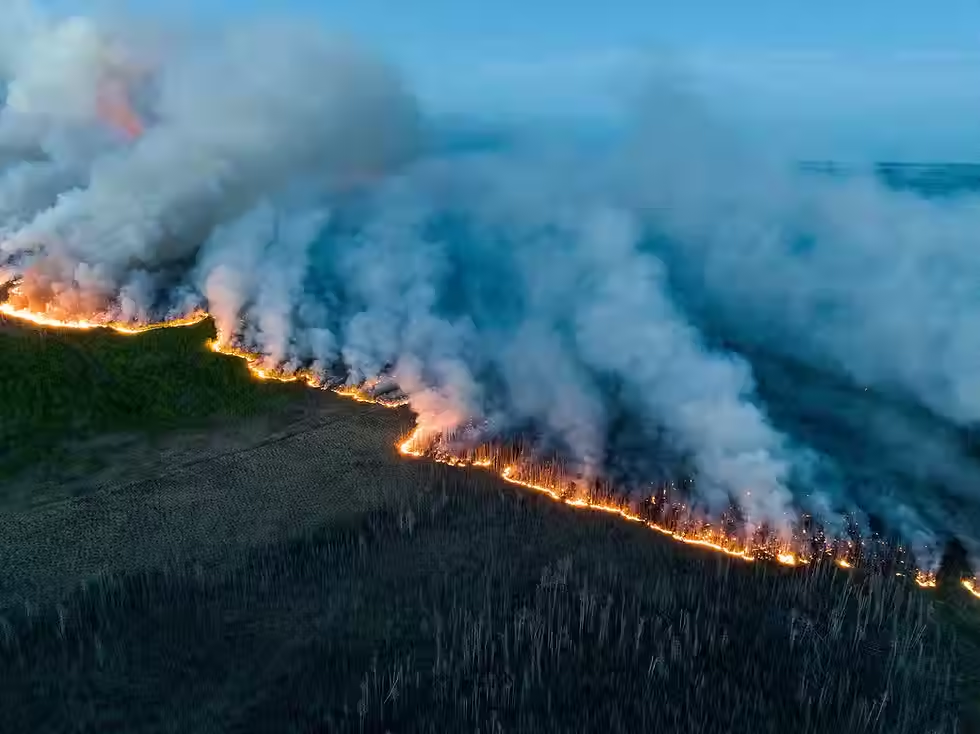How Climate Change Impacts Underdeveloped Countries
- Julia Shepteban
- May 26
- 1 min read
When discussing climate change, most people acknowledge the topic with a broad mindset, only considering the well-known factors: global warming, rising sea levels, greenhouse gas emissions, etc. But to understand the severe impacts that climate change poses on communities, it is important to recognize the challenges that impoverished countries face. Underdeveloped countries are more susceptible and vulnerable to climate change because they lack the resources to respond to drastic environmental changes.
With more than half of the people in developing countries living in rural areas relying on agriculture, climate change effects like rising temperatures and changing weather patterns often result in reduced crop yields, increased costs of agricultural production, and threats to biodiversity. This not only increases hunger and malnutrition issues, but also impacts economic development, pushing more people below the poverty line.
Developing countries are already faced with extreme health risks, from poor water sanitation to exposure to deadly diseases. Rising temperatures amplify the spread of diseases and can actually expose as many as one billion people to deadly diseases like Zika, dengue, and chikungunya. In addition to this, high levels of outdoor and indoor pollution also contribute to various health risks, especially for those living in urban areas.
These countries play the smallest role in greenhouse gas emissions, yet they are faced with the greatest risks. While this is a very general overview of how developing countries can be impacted by climate change, the agricultural and health impacts are extremely important to address because of how they can displace and alter communities.
Sources:




Comentarios